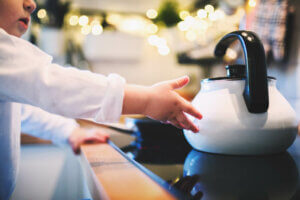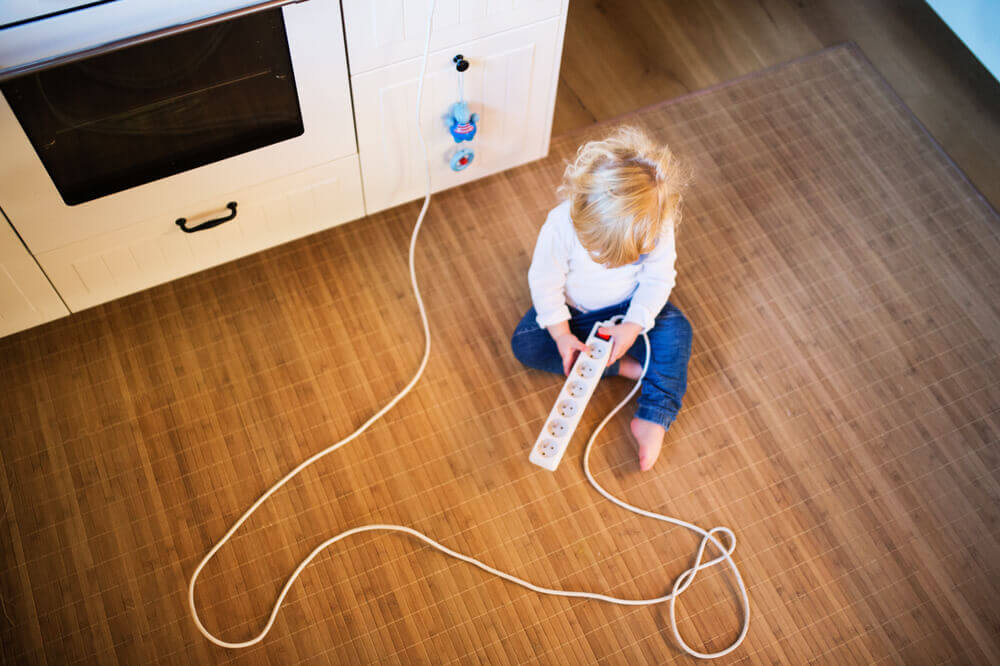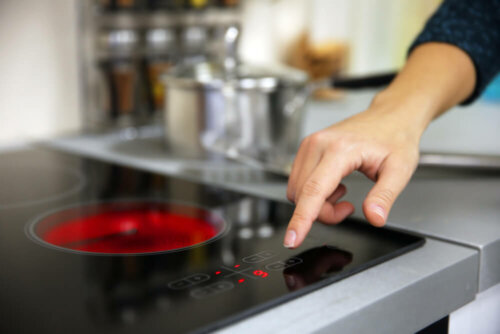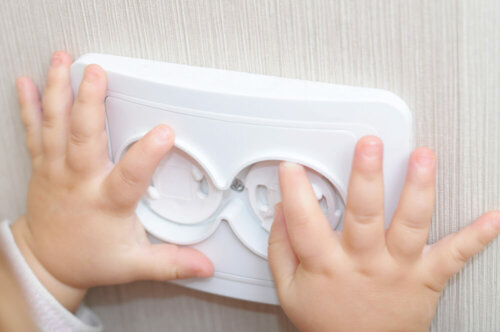How to Prevent Household Accidents

Falling in the shower, hitting yourself on a door, or slipping due to a slippery or damaged floor can cause serious consequences. Therefore, we’ve decided to show you how to prevent household accidents and the best ways to improve your quality of life.
It’s time to protect your entire family by working hard to keep them safe. Often, your home isn’t in the best condition, either due to lack of cleaning, poor layout of decorative elements, or simply due to the materials it’s made of.
Ultimately, this is a problem that is a worry for everyone, basically because it can lead to serious injuries that can be irreversible. If your house is in poor condition, there are many solutions to improve it. Discover them below!
The risks of household accidents

The first step is to discover possible risks, if there’s any kind of danger, or if your home is in excellent condition. There’s no doubt that your goal must be to ensure maximum safety.
In this regard, it’s a good idea to know what materials your floors, walls, and ceilings are made of. A review of all the rooms can help ensure your peace of mind, especially if you have children since they’re vulnerable to accidents.
As we mentioned above, you should make sure your home is in excellent condition. If another tenant or owner lived in your home before you did, you must understand the conditions the property was in. Therefore, you should investigate each corner and find out if it’s had moisture problems and if it has been modified in any way.
Knowing every corner of your house is essential
5 tips to prevent household accidents

Depending on the room, there may be more or fewer risks. Therefore, we’re going to offer some advice on how to prevent household accidents in each room.
- In the bathrooms, always make sure that the floors are dry. Often, when you get out of the shower, you step onto the ceramic tiles without knowing how dangerous this is. Always use mats that, in addition to drying your feet, are also non-slip.
- Inside your shower or bathtub, it’s important to place a special mat or an adaptable platform. This resource helps avoid falls since bathrooms are one of the rooms where the greatest number of accidents occur.
- In the bedrooms, it isn’t a good idea to store objects at the top of the closets. Things can fall on you, causing serious consequences.
- Don’t buy furniture with protruding corners. It’s best to opt for curved edges to prevent any kind of injury. Children are often the victims of this type of furniture. Also, they’re usually at eye level, meaning they’re a direct risk.
- In the kitchen, be very careful with the ceramic stove or stovetop. An adult should always supervise the cooking process, since a child, due to their curiosity, may get too closed and burn themselves. Some smart ceramic stoves have locks and protection systems.
Watch out for plugs and electricity

Plugs are dangerous, especially for children. As they’re unaware of the risks, they may put their fingers or objects inside them.
To prevent electrocution, you should opt for plastic outlet plug covers. On the other hand, you must also be careful with extension cords or power strips and cables, since they’re often visible. You should hide and turn them off whenever they aren’t going to be used.
Before doing something, think about the possible risks

How many times have you climbed on a stool to reach something very high? It’s doing little things like this when many accidents happen. It’s best to use a ladder, even if it takes longer.
Likewise, you must be cautious whenever you want to pick up a piece of furniture or heavy object without any help. Lifting heavy objects can lead to muscle injuries, especially in the lower back area. Whenever possible, you should do this with the help of another person.
Falling in the shower, hitting yourself on a door, or slipping due to a slippery or damaged floor can cause serious consequences. Therefore, we’ve decided to show you how to prevent household accidents and the best ways to improve your quality of life.
It’s time to protect your entire family by working hard to keep them safe. Often, your home isn’t in the best condition, either due to lack of cleaning, poor layout of decorative elements, or simply due to the materials it’s made of.
Ultimately, this is a problem that is a worry for everyone, basically because it can lead to serious injuries that can be irreversible. If your house is in poor condition, there are many solutions to improve it. Discover them below!
The risks of household accidents

The first step is to discover possible risks, if there’s any kind of danger, or if your home is in excellent condition. There’s no doubt that your goal must be to ensure maximum safety.
In this regard, it’s a good idea to know what materials your floors, walls, and ceilings are made of. A review of all the rooms can help ensure your peace of mind, especially if you have children since they’re vulnerable to accidents.
As we mentioned above, you should make sure your home is in excellent condition. If another tenant or owner lived in your home before you did, you must understand the conditions the property was in. Therefore, you should investigate each corner and find out if it’s had moisture problems and if it has been modified in any way.
Knowing every corner of your house is essential
5 tips to prevent household accidents

Depending on the room, there may be more or fewer risks. Therefore, we’re going to offer some advice on how to prevent household accidents in each room.
- In the bathrooms, always make sure that the floors are dry. Often, when you get out of the shower, you step onto the ceramic tiles without knowing how dangerous this is. Always use mats that, in addition to drying your feet, are also non-slip.
- Inside your shower or bathtub, it’s important to place a special mat or an adaptable platform. This resource helps avoid falls since bathrooms are one of the rooms where the greatest number of accidents occur.
- In the bedrooms, it isn’t a good idea to store objects at the top of the closets. Things can fall on you, causing serious consequences.
- Don’t buy furniture with protruding corners. It’s best to opt for curved edges to prevent any kind of injury. Children are often the victims of this type of furniture. Also, they’re usually at eye level, meaning they’re a direct risk.
- In the kitchen, be very careful with the ceramic stove or stovetop. An adult should always supervise the cooking process, since a child, due to their curiosity, may get too closed and burn themselves. Some smart ceramic stoves have locks and protection systems.
Watch out for plugs and electricity

Plugs are dangerous, especially for children. As they’re unaware of the risks, they may put their fingers or objects inside them.
To prevent electrocution, you should opt for plastic outlet plug covers. On the other hand, you must also be careful with extension cords or power strips and cables, since they’re often visible. You should hide and turn them off whenever they aren’t going to be used.
Before doing something, think about the possible risks

How many times have you climbed on a stool to reach something very high? It’s doing little things like this when many accidents happen. It’s best to use a ladder, even if it takes longer.
Likewise, you must be cautious whenever you want to pick up a piece of furniture or heavy object without any help. Lifting heavy objects can lead to muscle injuries, especially in the lower back area. Whenever possible, you should do this with the help of another person.
All cited sources were thoroughly reviewed by our team to ensure their quality, reliability, currency, and validity. The bibliography of this article was considered reliable and of academic or scientific accuracy.
- Lindo Wallace, María Luisa: Técnicas del hogar, San José, Universidad Estatal a Distancia, 1996.







